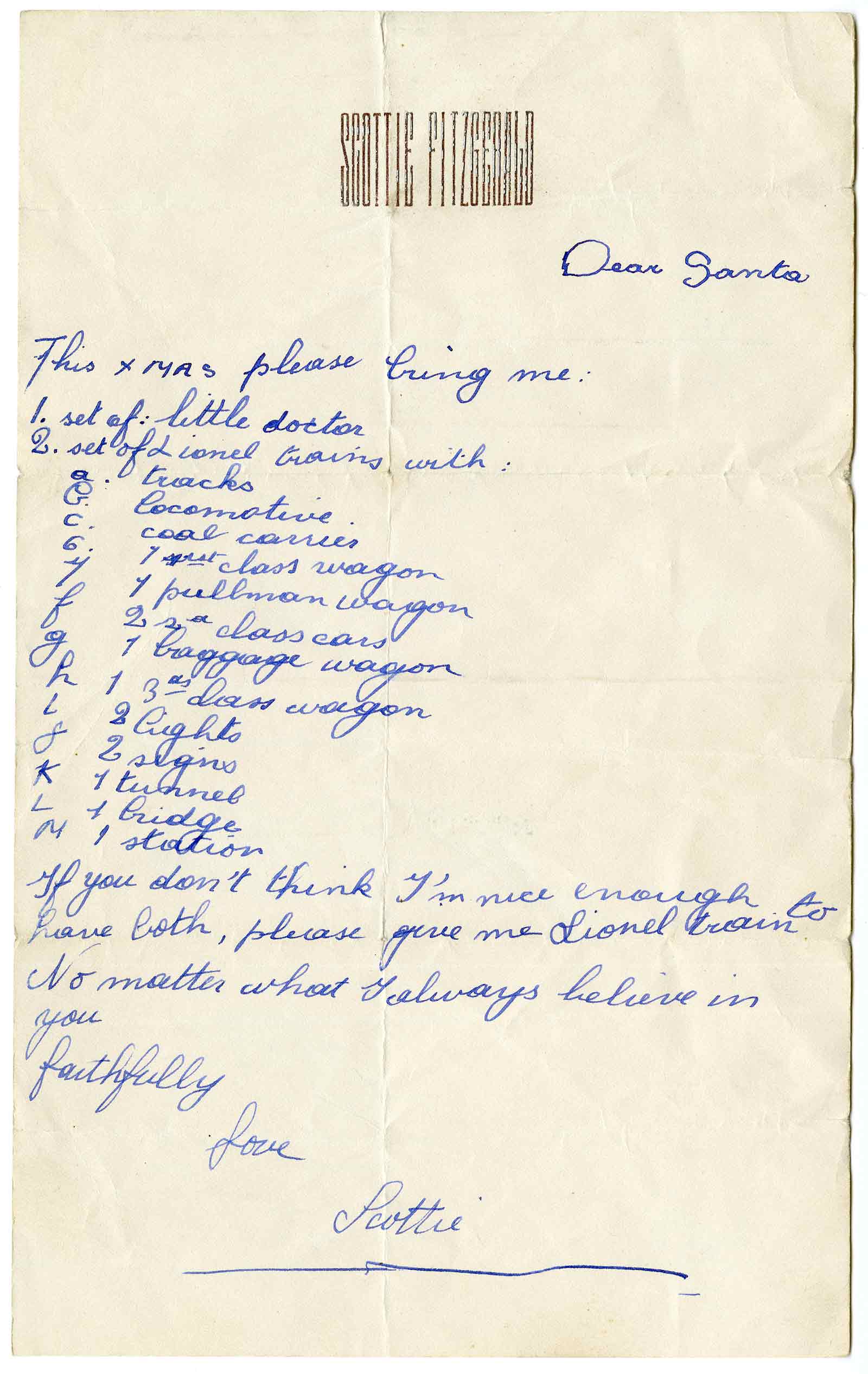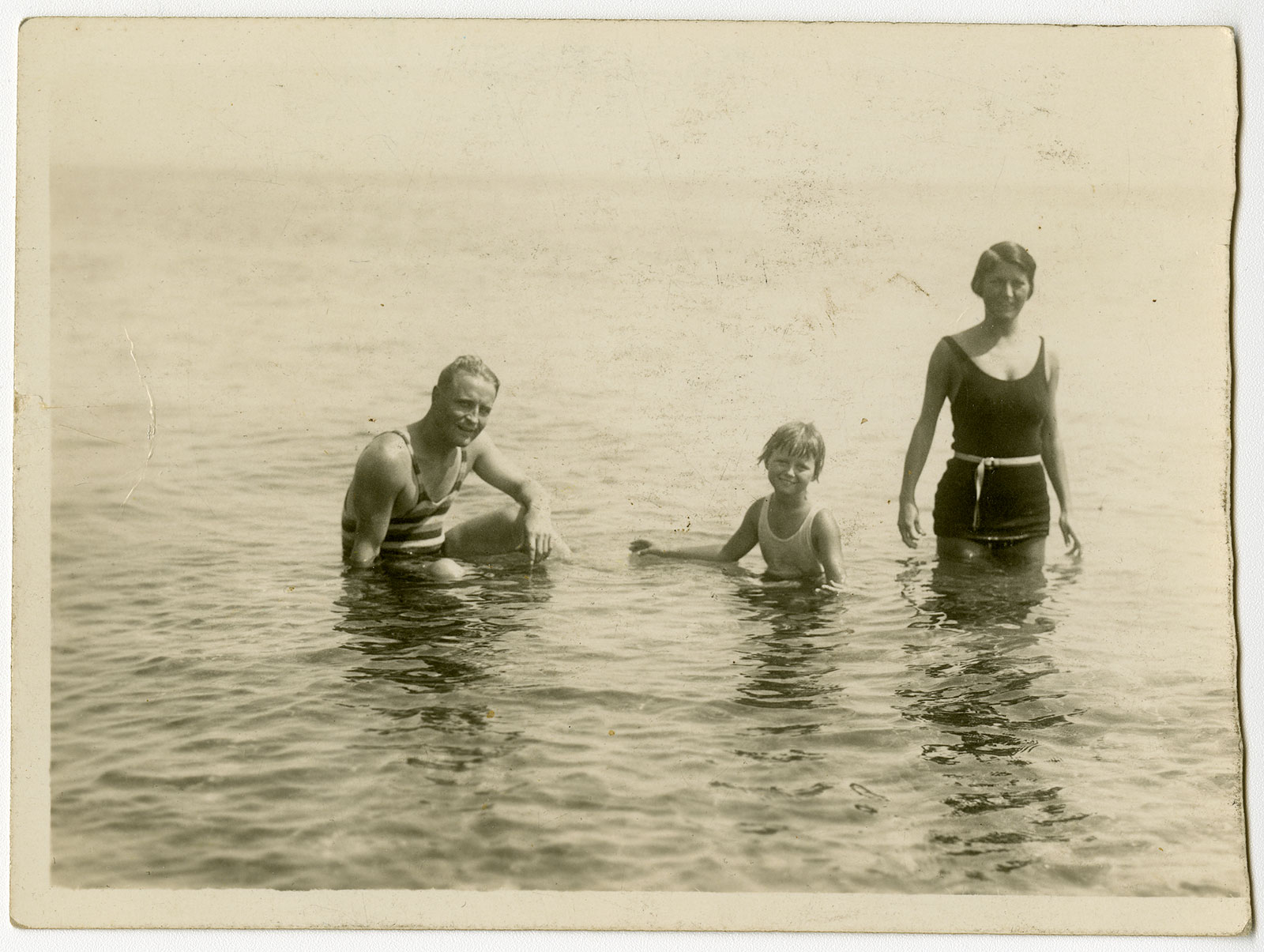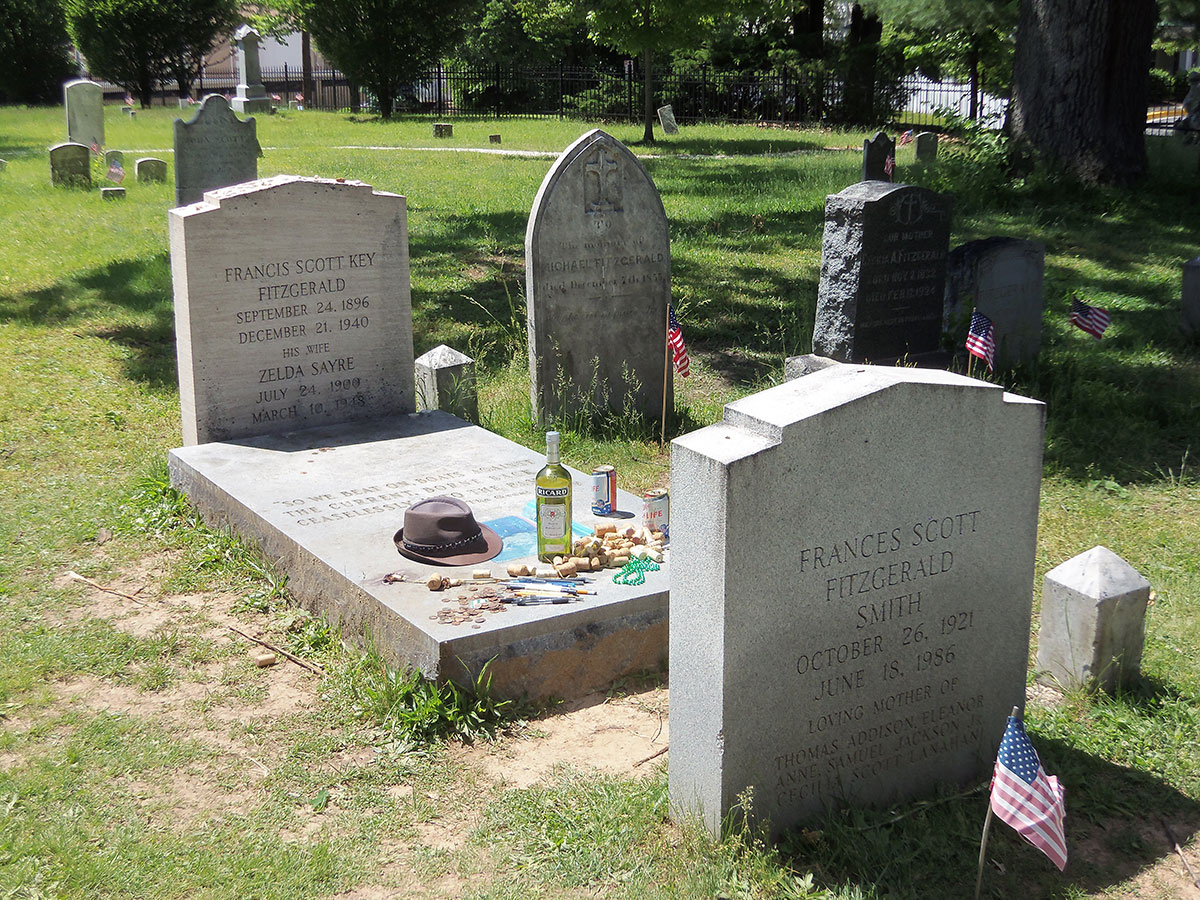The Daughter of…The Frances “Scottie” Fitzgerald Lanaham Smith Papers
The Daughter of…The Frances “Scottie” Fitzgerald Lanaham Smith Papers
Probably when she was eight or nine, living in Paris with her parents, F. Scott and Zelda, Scottie Fitzgerald wrote to Santa:

This charming letter is among the 14 cubic feet of materials—correspondence, scrapbooks, photographs, clippings, manuscripts, and recordings—in the Frances “Scottie” Fitzgerald Lanaham Smith papers in the Archives and Special Collections Library. Vassar acquired the papers in 1995, nine years after Scottie’s death. They have now been processed and are available to researchers and the public.
According to Vassar archivist Laura Streett who processed the collection, Scottie’s daughter Eleanor was the main caretaker of the papers following her mother’s death in 1986. Eleanor wrote a biography of her mother titled Scottie, the Daughter of…: The Life of Frances Scott Fitzgerald Lanahan Smith. “After the book came out, Eleanor and her siblings [Samuel Jackson, Jr., and Cecilia Scott] agreed to donate the papers to Vassar, Scottie’s alma mater,” says Streett. “They could have gone to Princeton where F. Scott’s and Zelda’s papers are. But we are certainly glad that they came here.”

One surprising thing about the collection, according to Streett, is that it reveals the breadth and depth of Scottie’s own life, apart from her connection to her parents. “She had a really interesting and active life. She was a writer and a journalist. She wrote for the Washington Post and the New Yorker. She coauthored a book called Don’t Quote Me about the difficulties of being a woman trying to write about politics in the late ‘60s. She was very active in the Democratic Party, constantly hosting fundraisers and parties, which is why, when you go through the correspondence, you recognize all sorts of interesting names—Jimmy Carter, Adlai Stevenson, to name a few.”

Scottie, for example, was interested in musical theater and was one of the founders of Omgim, a musical theater troupe at Vassar. Later, during her D.C. society years, she wrote musical comedies that were performed as fundraisers for the Multiple Sclerosis Society—one of which was considered for Broadway by director David Merrick (Onward and Upward with the Arts). And several members of the following generations have become writers, artists, or musicians.
One would think that Scottie’s early life must have been somewhat chaotic—traveling around Europe with her alcoholic father while her mother was in and out of asylums--but there is very little evidence of that in the collection. “There are some articles where she talks about it a little bit, and she talks about it in the memoir, which she never finished, but she basically saw it as an idyllic childhood. She actually called it ‘a golden childhood,’” says Streett. “She adored her father, and Zelda did wonderful things for Scottie. In one of the boxes, there’s a Mademoiselle magazine article that shows all of these little paper dolls that she made for Scottie, and they’re beautiful! They would set up elaborate scenes for her to play in, decorating the whole house with white streamers and calling it a fairyland.”
The collection also includes materials from her parents’ estates—F. Scott’s will, for example, and materials related to the film adaptations of his novels. There are also papers and clippings related to F. Scott’s and Zelda’s re-interment in 1975. After his untimely death in California in 1940, F. Scott was sent to Maryland to be buried in the family plot at St. Mary’s Catholic Church in Rockville, but St. Mary’s considered him a lapsed Catholic and refused to accept him. He was buried at a cemetery nearby and was joined by Zelda seven years later after she was killed in a fire at the asylum where she was institutionalized.
Thirty-five years later, Scottie petitioned St. Mary’s, and the church permitted them to be re-interred in the Fitzgerald family plot. Scottie chose the headstone, which is inscribed with the last words of The Great Gatsby: “So we beat on, boats against the current, borne back ceaselessly into the past.”
Scottie is buried at the foot of their grave.

Photo credit: courtesy of Farragutful, CreativeCommons.org.